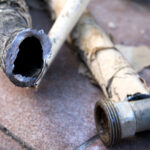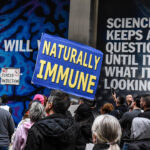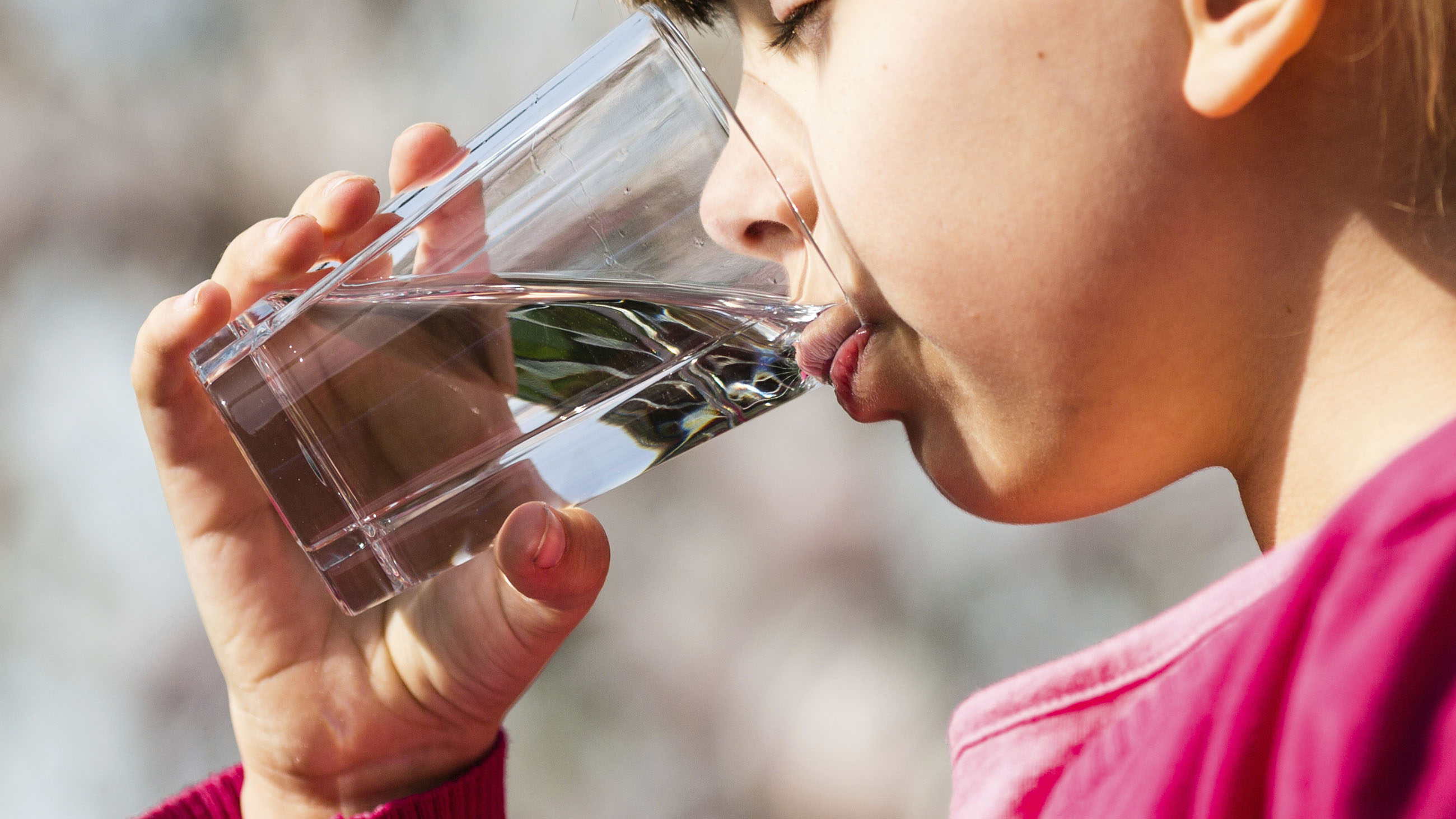[Don’t] [Do] [Maybe] Drink the Water
As an engineer with 15 years of experience in the drinking water industry, I am furious about what I continue to witness in Flint Michigan. The city’s 95,000 residents were poisoned in their homes by lead-tainted drinking water for over a year. When residents expressed concerns about their drinking water’s safety, they were told their concerns were unfounded. Months after the mass lead poisoning was discovered, and even while the EPA and other on-the-ground responders have begun, finally, to apply solid science to the problem, the community still cannot trust the safety of the drinking water flowing from their faucets.
This is not a problem unique to Flint.

Since 2014, my colleagues and I estimate that roughly one million Americans have been provided toxic drinking water at their taps. And in what has become an epidemic of misinformation, poor testing protocols, and dangerously ignorant, bureaucratically bungled science, they, too were told that their drinking water was safe, only to find out later that it harmed them — or that officials did not really know what chemicals or other toxins were present in the water, despite having first declared it safe.
Our nation requires an intervention — an action that brings together independent science, engineering, and health experts to address the pervasive problems that continue to occur during drinking water disasters. These individuals are needed to identify how we, as a nation, can better integrate science into preventing, investigating, and responding to large-scale drinking water disasters.
Take a moment to consider just a few of the recent disasters.
Last year, after a pipeline ruptured and spewed 30,000 gallons of oil into the Yellowstone River near Glendive, Montana, officials assured residents that the spilled oil would not contaminate their tap water. Even after homeowners complained of smelling petroleum in their taps, they were assured that the water was fine.
It wasn’t, and a water ban was eventually issued — but only after residents were unwillingly exposed to petroleum-polluted tap water in their homes.
In 2014, during a tap water ban in Washington, D.C., the chemicals that caused the ban in the first place were never identified, but residents were told to flush the contaminated water from their home plumbing. That same year, despite a gathering algal bloom on Lake Erie, Toledo, Ohio officials declared it safe for residents to brush their teeth with their tap water. The next day, without any new testing data, officials publicly recanted that statement.
Just a few months before that, an above-ground chemical storage tank was found leaking into the Elk River in Charleston, West Virginia. Even so, the local water company — stuck between as-yet unproven concerns over contamination and the need to keep water flowing for firefighting and toilet flushing — continued to pump licorice-smelling tap water of unknown toxicity to more than 300,000 people. A nine-day water ban was eventually implemented in Charleston, but some surrounding communities, which also received water smelling of licorice, experienced no such ban.
Following the spill’s detection — and based on incomplete information from the chemical company — the water supplier, along with state and federal officials only tested for one chemical. This, despite the fact that employees of the chemical company reportedly knew that other chemicals were involved. It was only months later that independent researchers confirmed that there were other chemicals that had leaked into the water supply.
Health officials estimated that thousands of people in West Virginia became ill or reported symptoms — arguably some because they followed procedures for flushing out home plumbing systems. Meanwhile, no agencies warned residents to protect themselves from chemical inhalation exposure while hot contaminated water was flushed out of their home plumbing pipes. One agency even assured the public that the spilled chemicals would not stick to plastic plumbing pipes, but follow-up testing by independent researchers revealed that the chemicals could be absorbed by plastics. Outside testing also confirmed that the flushing procedure sometimes increased chemical levels in homes, while in other instances, it had no effect at all.
Understandably, residents lost confidence in their water supplier, as well as state and local governments. Some families who could afford it moved away.
In Flint, the human cost of the exposure is still being assessed, but it’s arguable that those costs may be incalculable. Even with millions of dollars in medical resources and aid pouring in, some residents have openly stated they want to leave the area. Sadly, some of their properties have become difficult to sell. Many residents feel deeply betrayed and still refuse to trust those agencies that are now, instead of dismissing them, trying to help.
These and myriad other calamities demand a federally backed response — ideally, an independent National Drinking Water Safety Commission comprised of leaders from industry, nonprofit organizations, academia, and government. The Commission should identify and prioritize critically needed drinking water disaster planning, research, and policy actions. Within one year, the Commission should report their findings to Congress, the President, and the American people.
History indicates that while the Commission conducts their work over the course of that first year, our nation will experience at least one large-scale drinking water disaster. Because of this, rapid, results-oriented research should be authorized in the interim. Work should begin immediately on developing the best and most thorough testing procedures for quickly identifying chemicals in contaminated drinking water. Work should also be initiated to identify the procedures necessary to safely clean out contaminated plumbing systems. These issues continue to plague or threaten every large-scale drinking water system in the United States.
In the absence of any national action, millions more Americans will be harmed by their drinking water in their homes. This harm can be prevented, but it requires Congress and the President to act. In a nation that prides itself on clean drinking water, it is unconscionable that we have — and continue to allow — large-scale harm to occur.
Andrew J. Whelton, Ph.D. is an assistant professor at Purdue University. Whelton responded to the West Virginia chemical spill with a volunteer research team and was tapped by West Virginia Governor Earl Ray Tomblin to provide assistance. He has been involved in disaster response and recovery research since 2002 when he worked for the US Army.










